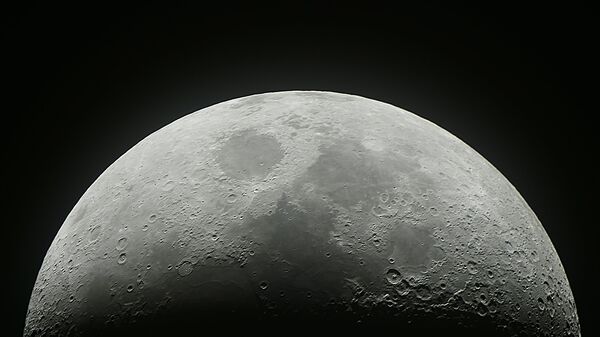On Monday, NASA posted new images of the Moon's surface, claiming that the agency had located the "debris field" of the Vikram lander which has been missing since September.
The #Chandrayaan2 Vikram lander has been found by our @NASAMoon mission, the Lunar Reconnaissance Orbiter. See the first mosaic of the impact site https://t.co/GA3JspCNuh pic.twitter.com/jaW5a63sAf
— NASA (@NASA) December 2, 2019
The image released by NASA shows "spacecraft debris (confirmed or likely)".
"Blue dots locate disturbed soil, likely where small bits of the spacecraft churned up the regolith. 'S' indicates debris identified by Shanmuga Subramanian. This portion of the Narrow Angle Camera mosaic was made from images M1328074531L/R and M1328081572L/R acquired Nov. 11", NASA said.
NASA has credited Indian Mechanical Engineer Shanmuga Subramanian for positively identifying the debris and reporting to the Lunar Reconnaissance Orbiter (LRO) project.
"After receiving this tip, the LROC team confirmed the identification by comparing before and after images. When the images for the first mosaic were acquired the impact point was poorly illuminated and thus not easily identifiable," NASA said.
Shanmuga Subramanian tweeted a letter he received from NASA, crediting him for his help.
@NASA has credited me for finding Vikram Lander on Moon's surface#VikramLander #Chandrayaan2@timesofindia @TimesNow @NDTV pic.twitter.com/2LLWq5UFq9
— Shan (@Ramanean) December 2, 2019
The Chandrayaan 2 was India's second lunar exploration mission. The Indian Space Research Organisation (ISRO) lost contact with the Vikram lander shortly before the scheduled September touchdown.
The ISRO reportedly intends to send another mission to the Moon by the end of next year, and November is considered by Indian scientists to be the most suitable time for a launch.
In 2008, the Chandrayaan 1 became the first successful Moon mission for the Indian Space Research Organisation.

